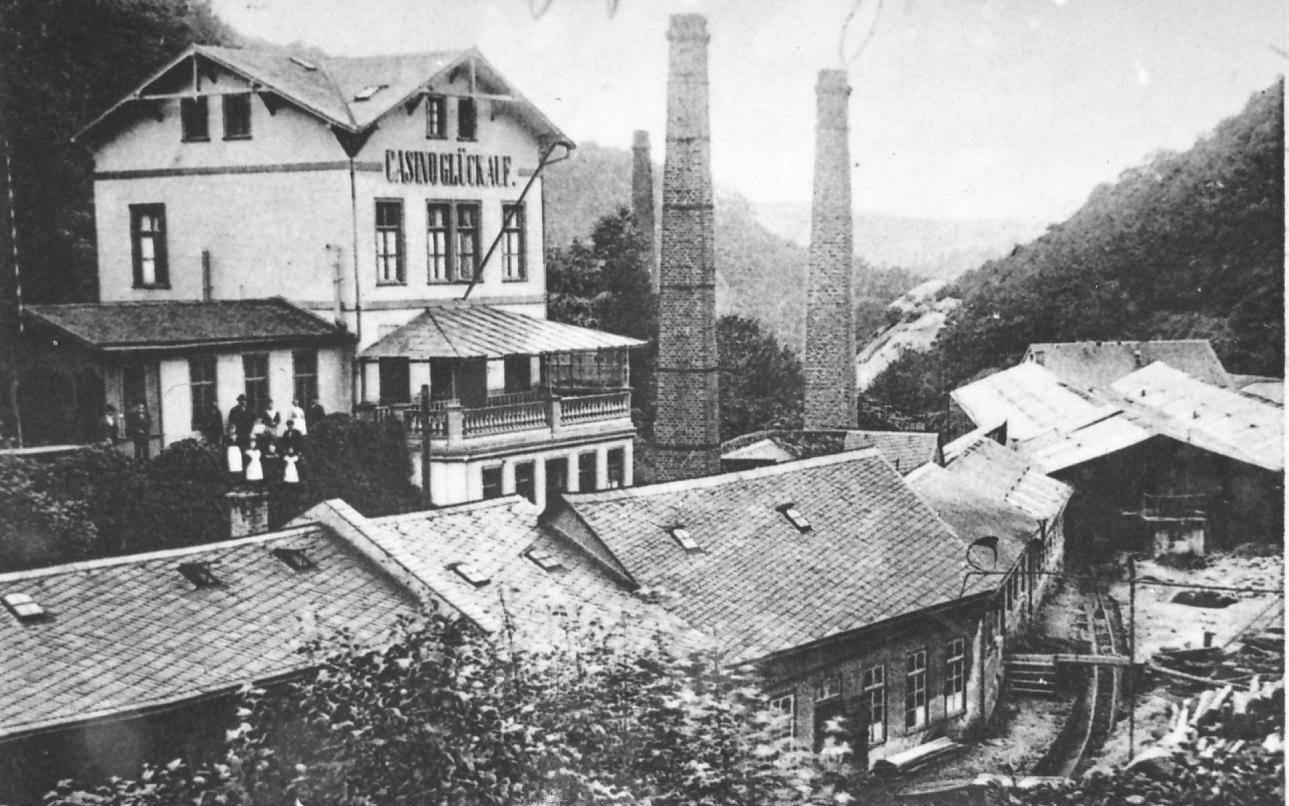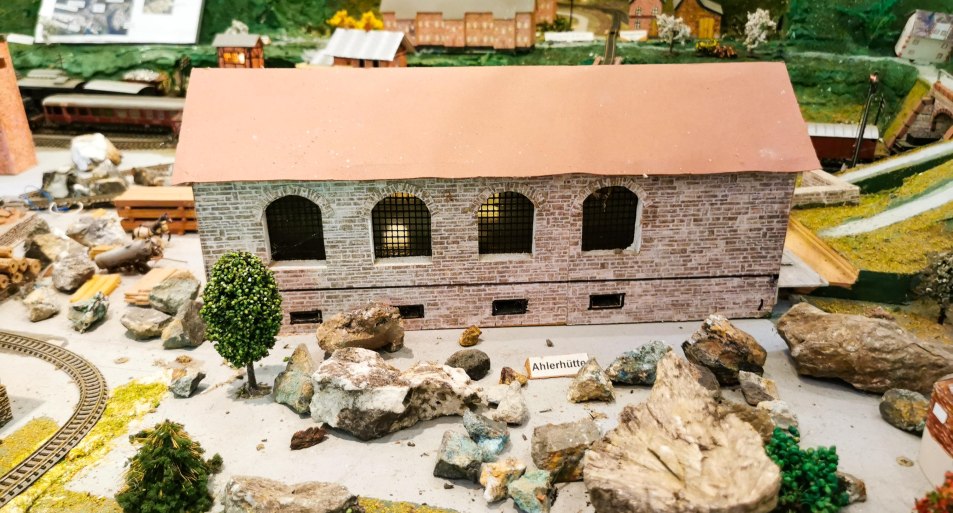Mining Museum Friedrichssegen
Ahler Hof, 56112 Lahnstein
The Friedrichssegen Mine Museum An exhibition on the former silver, lead and zinc ore mine and the history of mining in Lahnstein-Friedrichssegen. An exciting and informative journey into the past of regional mining, which played a leading role in the development of the town and the region. Learn all about the life of the miners, the constant danger in this profession and the importance of mining for our homeland, including exhibits of minerals, a model of a miner with a miner's lamp and uniform and much more. Translated with DeepL.com (free version)
As early as 1220, there is documentary evidence that the archbishop of Mainz was granted mining rights. In the 18th century, the mines in the Lahnstein Forest were given to a union from Oberlahnstein for mining. In 1852, the Friedrichssegen mine, as it was now called, was sold and operated as the Anonymous Joint Stock Company of the Friedrichssegen Silver and Lead Mine. The mine workings were constantly expanded in the following years: six shafts with a total depth of 664m, eight adits and 17 deep workings with a total length of 21,723m, of which 18,200m were drivable with rails for trolleys (Hunte). Lead, spar iron and zinc were successfully mined here until 1913.
The ores were processed by a modern electromagnetic processing plant. In 1913, the Friedrichssegen mining company went bankrupt, the population became impoverished, and the buildings fell into disrepair and were mostly demolished.
Further information: Lahnstein City Archives, Bernd Geil; Tel.: 02621-914-296, archiv@lahnstein.de



